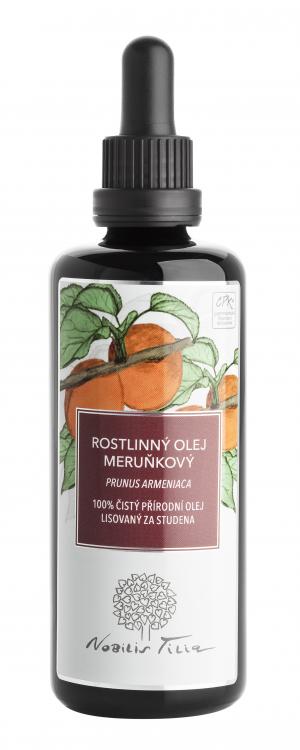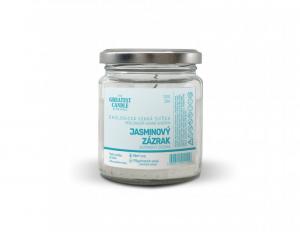Viburnum opulus (Viburnum opulus)
Other names: Viburnum lobatum, Opulus glandulosus
Harm score: 1 (Natural substances)
Viburnum opulus, also known as Viburnum lobatum or Opulus glandulosus, is a shrubby plant of the honeysuckle family. Typical features of the calla lily are the heart-shaped alternate leaves, the rounded, chocoid inflorescence and the shiny red fruits that ripen in autumn. Kalina is well known for its medicinal properties. It is widespread in temperate Europe and Asia and, due to its unpretentiousness, is often used as an ornamental tree in gardens and public parks.
The heart-shaped leaves, which are lighter underneath, contain an abundance of vitamins, especially vitamin C, as well as minerals. The inflorescence of this plant is mainly used for the flowers and flower buds, which can be dried and used to make a tea blend. The red fruits of the calla lily, which ripen in autumn, are also edible and used. They can be eaten fresh, dried or preserved. They impart a sweet and sour taste and are excellent for making jams, jellies, juices and wines. Although Kale fruits are slightly toxic, they are perfectly safe in small quantities. However, it is important to follow proper preparation and never consume the raw fruit of the toxic black kale, which is often confused with the common kale. In addition to this, black lime is also used in the cosmetics industry, especially for the production of face masks and tonics. It is valued for its moisturizing and regenerative effects on the skin.
You won't find this substance in our products. Try the natural, chemical-free products in our range.

Bubble bath raspberry 250 ml
Product detail
Apricot oil 100ml
Product detail
The Greatest Candle Zero-waste candle in glass (120 g) - jasmine miracle - lasts about 30 hours
Product detail